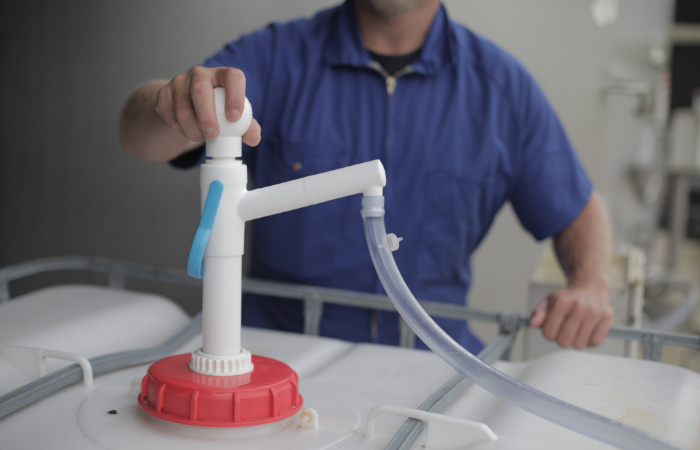How To Prepare And Clean A Calf Pen
The health, well-being and wellness of young cows are critically important in those first few days and months. See our top tips for cleaning a calf pen.

One of the busiest times of the year on any US dairy farm is calving, and often many family members pitch in to help care for and raise calves. Preparing calf pens properly, and then maintaining a clean hygienic environment is critical.
Across the USA, scours (neonatal calf diarrhea) and pneumonia are two common diseases that can lead to calf mortality. This in turn leads to losses in income. Preparing calf pens and bedding properly can greatly reduce risks of illness, and applying an effective cleaning regimen helps maintain healthy happy calves. If calves are comfortable and healthy then all their energy goes into getting stronger instead of battling illness.
How To Prepare Calf Pens
- Ensure that the calf pen is safely contained within barriers that will not catch or harm young calves, plastic or metal is ideal.
- Make sure that there is adequate airflow, particularly across the bottom bedding of the pen, but also check that the calves are not going to be cold or windblown.
- Depending on the calf pen base, whether concrete or hard-packed soil with compacted lime,or something else, be sure it is clean and dry to start with.
- Cover the base in a moisture-absorber which will help keep the bedding dry and also reduce ammonia growth from urine. Natural mineral zeolite products are a great option so ask your vet or farm advisor what they recommend.
- Apply bedding such as straw, sawdust, shavings on top of the base. The amount required varies based on the product used and also your location and weather, but 12-20 inches is common. Follow the instructions from the supplier and be sure to remember to completely clean out the pen, aerate, and replace bedding whenever you move calves out and new ones in.
How To Clean Calf Pens
- Remove any clumped organic matter such as manure and bedding that is soiled with urine. This is the single most important task in keeping a clean environment.
- If there are patches of light soiling that can't be removed, cover them with more bedding and moisture absorbent.
- Use a disinfectant solution and a hand pump every day to clean and disinfect calf test buckets and all feeding equipment. Start with hot water and a common detergent or solution such as chlorinated alkaline to remove the film where bacteria can grow. Follow this with a chemical agent such as chlorine dioxide to clean all equipment. Your local vet or farm adviser can recommend cleaning products and Ezi-action® drumpumps can handle all types of chemicals including chlorine.
- If a calf falls ill, remove it immediately from the pen and clean out any organic matter around it.
- Always wear gloves and change them regularly, and remember to disinfect your boots especially if moving between well and unwell animals.
The most important rule with calf pens is to keep them clean and dry. Follow the above tips and your chances of more happy healthy strong calves will greatly increase, as will your profits.



